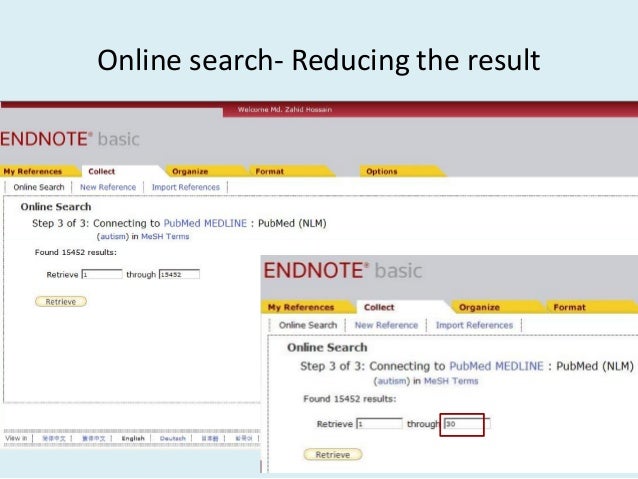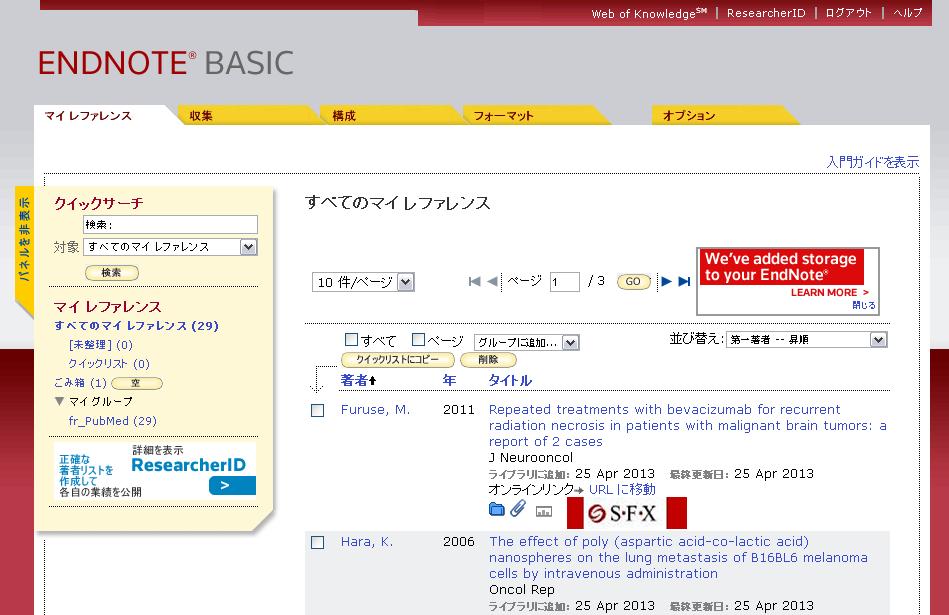



13- 19 One study using whole genome sequencing data suggested that SARS-CoV-2 transmission chains beginning or proliferating on IHE campuses may lead to spread within the community where the IHE is located, including to populations at higher risk of severe disease. This genome variation serves as a fingerprint, enabling tracking of specific SARS-CoV-2 lineages through space and time.

WGS relies on patterns of genome variation that eventually compose viral lineages, to reveal links between individuals that might not be apparent by case counts alone. 8- 12 Whole genome sequencing (WGS) provides an enhanced method for tracing cases. 7Īs students returned to in-person learning, high-density clustering with on-campus housing and recreation potentially increased transmission and may have resulted in community outbreaks. 6 Adhering to physical distancing is also particularly challenging for young people, for whom interaction with peers and social networks is important. 4 In many IHE settings that are populated significantly by young adults ages 18-24, 5 there is less susceptibility to severe COVID-19 disease as compared to older populations (65+). 3 By February 2021, more than 530,000 COVID-19 cases linked to American IHEs had been identified. 1, 2 During the fall of 2020, as IHEs around the United States resumed in-person instruction, IHE-associated SARS-CoV-2 cases began to rise. SARS-CoV-2, the virus that causes the coronavirus disease 2019 (COVID-19), can spread rapidly within congregate settings, including institutions of higher education (IHEs). Coordinated implementation of prevention measures can effectively reduce SARS-CoV-2 spread in university settings and may limit spillover to the community surrounding the university. Genomic surveillance of cases from Dane County, where UW-Madison is located, did not find evidence of transmission from a large cluster of cases in the two residence halls quarantined during the outbreak. UW-Madison initiated multiple prevention efforts, including quarantining two residence halls a subsequent decline in cases was observed. Case counts began rising during move-in week for on-campus students (August 25-31, 2020), then rose rapidly during September 1-11, 2020. During August – October 2020, 3,485 students tested positive, including 856/6,162 students living in residence halls. Using genomic and epidemiologic data, we describe a COVID-19 outbreak at the University of Wisconsin (UW)–Madison. University settings have demonstrated potential for COVID-19 outbreaks, as they can combine congregate living, substantial social activity, and a young population predisposed to mild illness.


 0 kommentar(er)
0 kommentar(er)
